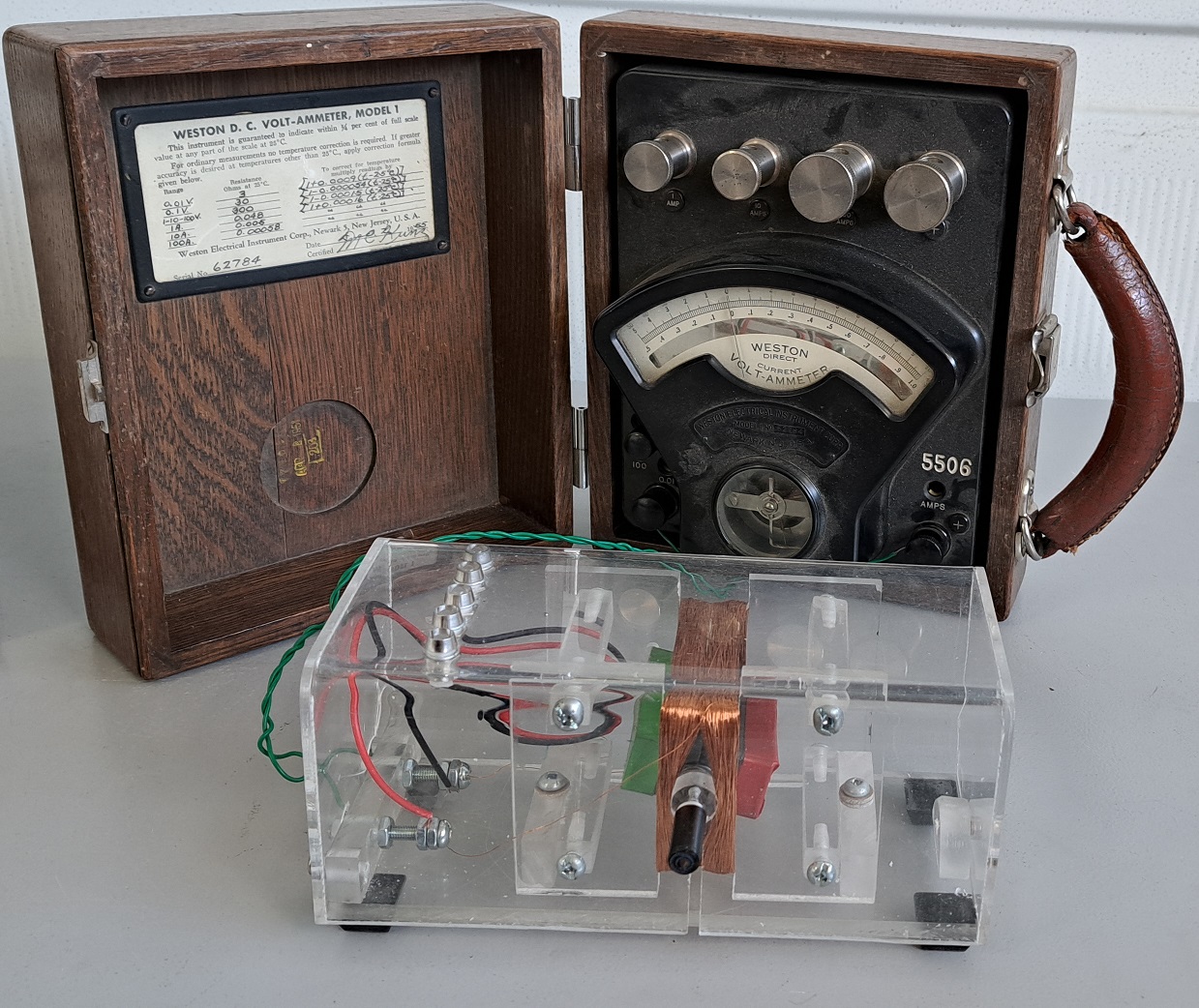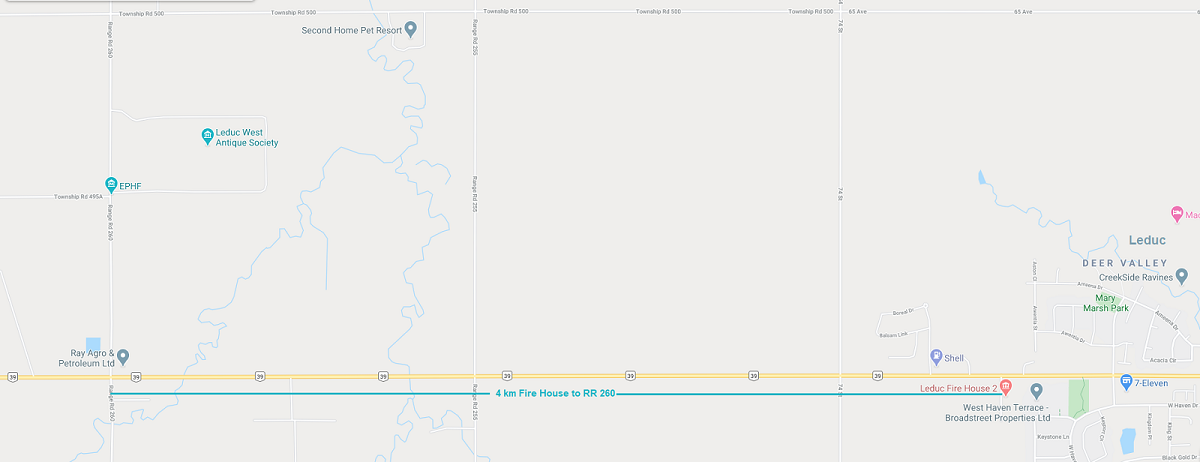
Interactive Model AC Generator & Weston Meter
This little model illustrates how moving a magnet past a coil of wire produces electricity. This fundamental technology of converting mechanical energy into electrical energy, first demonstrated by Michael Faraday in 1832, underpins virtually every type of electricity generation today. Modern thermal plants use heat to produce steam to spin a turbine that turns a generator. That heat may come from coal, natural gas, oil, nuclear fission, concentrated solar power, and hopefully at some point in the future, clean nuclear fusion. Gas turbines use what is essentially a jet engine powered by natural gas to spin a generator and hydro-electric plants use the energy of falling water to spin a generator. Wind turbines use the energy of moving air to turn a generator and run-of-river hydro uses the kinetic energy of moving water to do the same thing. A typical diesel plant uses a diesel-fueled reciprocating engine to spin a generator. Although now mostly obsolete, steam or coal gas was often used to power a piston engine, again, to spin a generator.
Other than the Faraday generator, currently the only other method employed in creating large scale electricity production is using photo-voltaic cells (solar panels) to convert the light energy from the sun directly into electricity. Each cell is only capable of producing about half a volt, but thousands of cells spread over a large area can be connected together to produce usable amounts of power.
The interactive model A.C. generator at our museum is connected to a Weston model 1 volt-ammeter and a string of LEDs.
The alternator has a stator coil, and a rotor which consists of two permanent magnets mounted to an axle fitted with a knob; when the north pole of the magnet moves past the coils, electricity flows in one direction and the LEDs glow green; then, when the south pole moves past the coils it flows in reverse causing the LEDs to glow red. This results in an alternating current (AC) output. Watch a demonstration here
